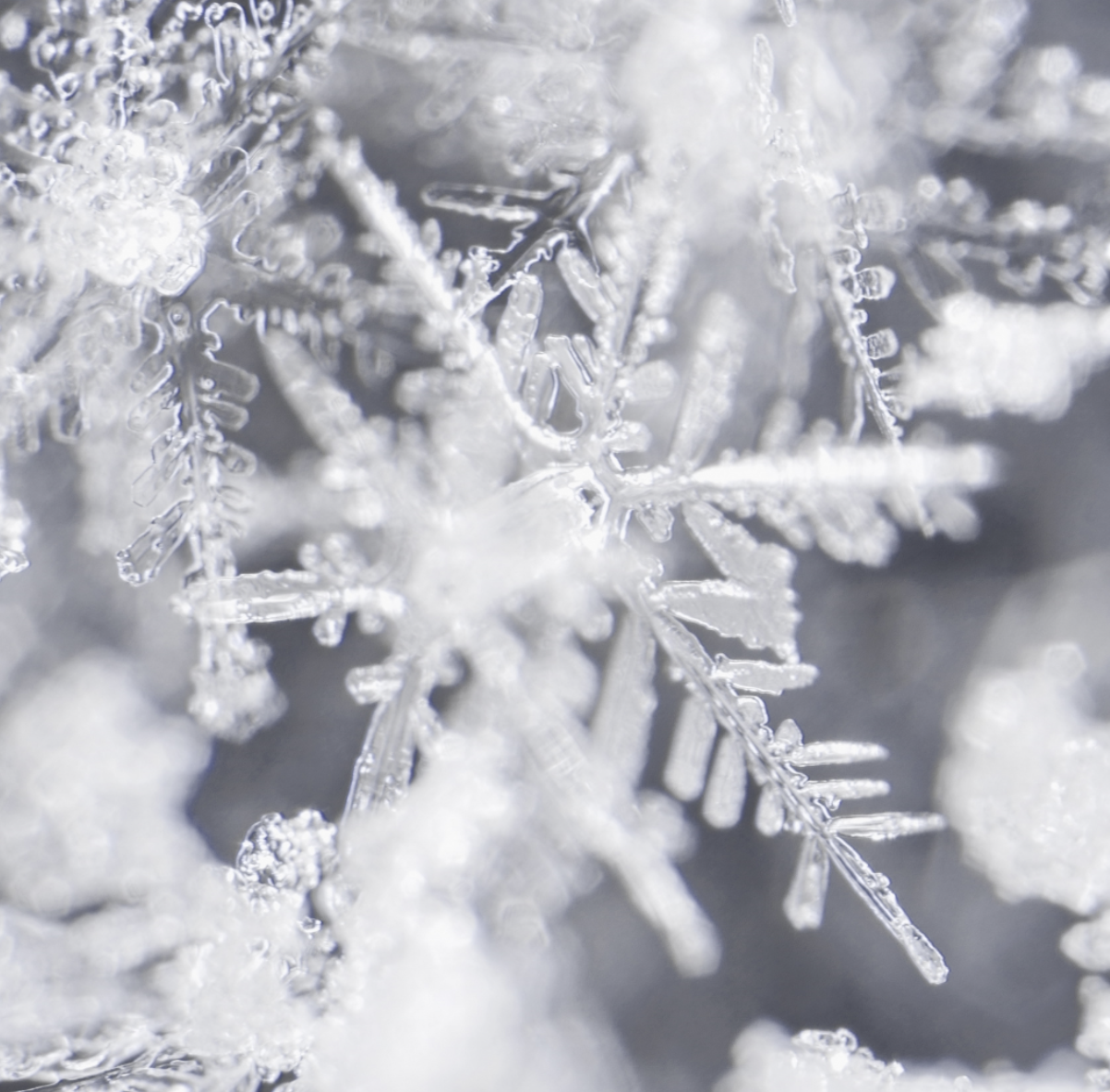When snow first falls, its flakes are delicate and vulnerable, but over time, a quiet transformation begins. Sintering is the process through which individual snow grains gradually begin to bond. Tiny necks form between them, bridging the gaps, making the snowpack stronger, more resilient, and more resistant to collapse.
Sintering
In Theory of Water: Nishnaabe Maps to the Times Ahead (2025), Leanne Betasamosake Simpson offers this as a metaphor for collective becoming. “Sintering is a joining,” she writes. “It is a communal transformation that creates a fabric of former snowflakes bonded to each other… Sintering is bonding, it’s building coalitions with your neighbours” (p. 18).
This analogy resonates deeply with my own experiences of the neurodivergent community and the Autistic rhizome. Many of us begin our journeys alone, caught in systems not made for us. Discovering I was Autistic was life changing for me. In my 40s I suddenly had access to a whole world of new vocabulary to describe my experiences. It has been through connecting with other Autistic people through various online communities and sharing stories that my life has begun to make more sense. When we find each other across difference, across shared experiences, we can start to build bridges. Through conversation, care, and solidarity, we can begin to sinter.
World Making From The Liminal
In Neuroqueering in the Liminal Spaces, I explored how if you are neurodivergent, community connections often emerge in the spaces-between: the liminal zones where identities are unmoored and reforming. Liminality is not a passive in-between, but an active threshold a place of transformation. To neuroqueer is to inhabit these spaces intentionally, resisting the pull of normative timelines and expectations. It’s where we begin to re-imagine our relationships to time, to each other, and to ourselves. These are places where we unlearn and relearn and begin to create our own worlds so we can move beyond survival and can thrive.
Simpson writes, that “world making requires love, kindness, and care. It requires collectivity and relationality… [it] generates the knowledge needed to move onto the next step” (p. 41).

Trust in Human Scale
Jorn Bettin (2024) Trust in Human Scale explores how neurodivergent people are often asked to stretch beyond sustainable limits, to conform to institutional scales that demand efficiency over relationship, compliance over trust, “We are trusted only to the extent that we comply.”
This is why our sintering matters so much. Human-scale relationships form in peer support groups, online community spaces, through shared projects such as our Map of Monotropic Experiences, they prioritise relational attunement and rely on mutual trust rather than extracted performance.
As the Jorn Bettin says: “It’s not that neurodivergent people don’t trust. It’s that we often trust with more depth, more integrity, more sensitivity to rupture.”
Trust at human scale is fragile and strong, just like the sintering bridges between snow grains.
As Jorn Bettin writes in Trust in Human Scale, we need “a refusal of scale, a refusal of institutional metrics for safety and success.” Instead, we root ourselves in relationships, in slowness, in deep listening. These are the bonds that hold. As Simpson says, ‘world making is a communal struggle’ (pg 34).
Sintering Communities
Perhaps sintering is not just a metaphor, but we could use this as a method to build community? Together we can re-build our future through slow bonds, mutual trust, and the gentle resistance of staying human in systems that try to scale us and deny us our authentic Autistic identities.
Our home is in the liminal spaces that we create together, in our reaching toward one another. Our strength is in sintering. Just as snow grains join through small necks of ice to become a strong, stable snowpack, we can build strength through our relationships, our co-regulation, our refusal to face the world alone and to conform to harmful systems based only on neuronormative values.
Radical resilience does not come from hardness or conformity, but from the cumulative strength of many unique connections forming bonds and community spaces to offer support to each other.
References:
Bettin, J. (2024, April 16). Trust in human scale. NeuroClastic. https://neuroclastic.com/trust-in-human-scale/
Simpson, L. B. (2025). Theory of water: Nishnaabe Maps to the Times Ahead. Haymarket books.
